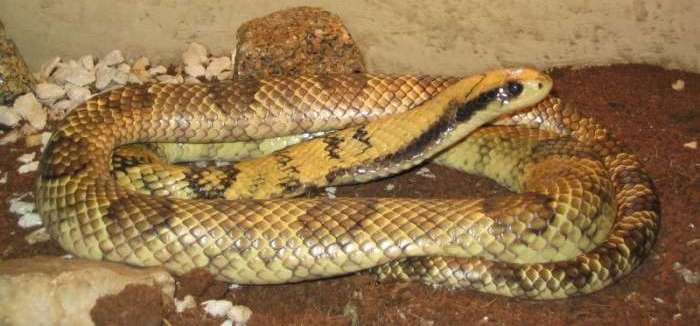
Interesting facts about the false water cobra (hydrodynastes gigas)
Learn interesting facts about the false water cobra, including its physical characteristics, habitat, and distribution.

Learn interesting facts about the false water cobra, including its physical characteristics, habitat, and distribution.

Snakes have unique strategies to survive the winter. During this time, they undergo a state of inactivity called brumation.
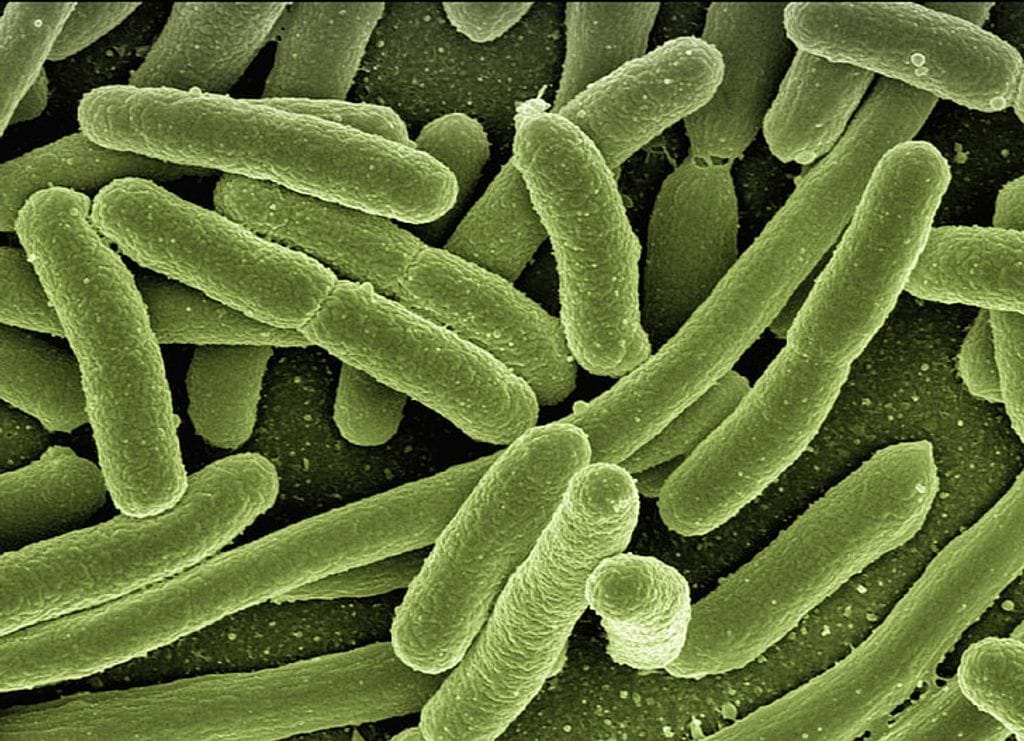
Reptiles, including chameleons, lizards, snakes, and turtles, can serve as carriers of Salmonella. Salmonella infections can lead to sickness.

The ecological niche of tarantulas encompasses their habitat, distribution, and ecological interactions.

By providing the ideal habitat and other facts, herp owners can help their pets thrive.
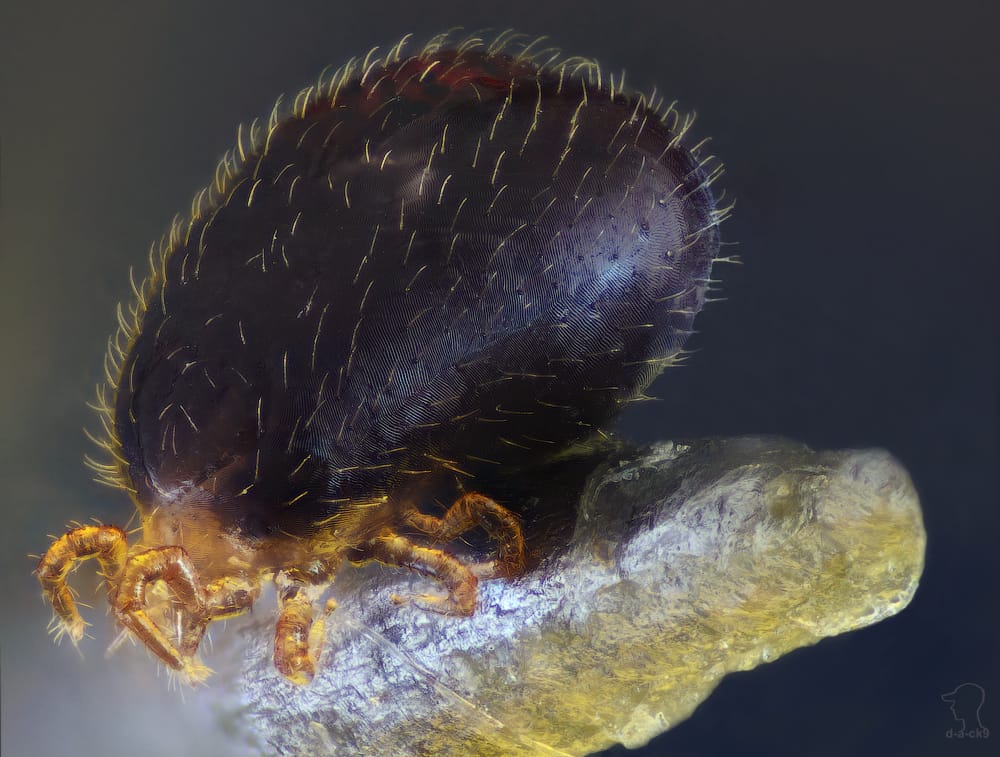
Ophionyssus natricis, commonly known as snake mites, are tiny arachnids that infest snakes and other reptiles.
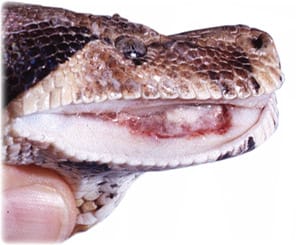
Bacterial infections are one of the main causes of stomatitis (mouth rot) in reptiles. These infections are typically caused by various bacteria.
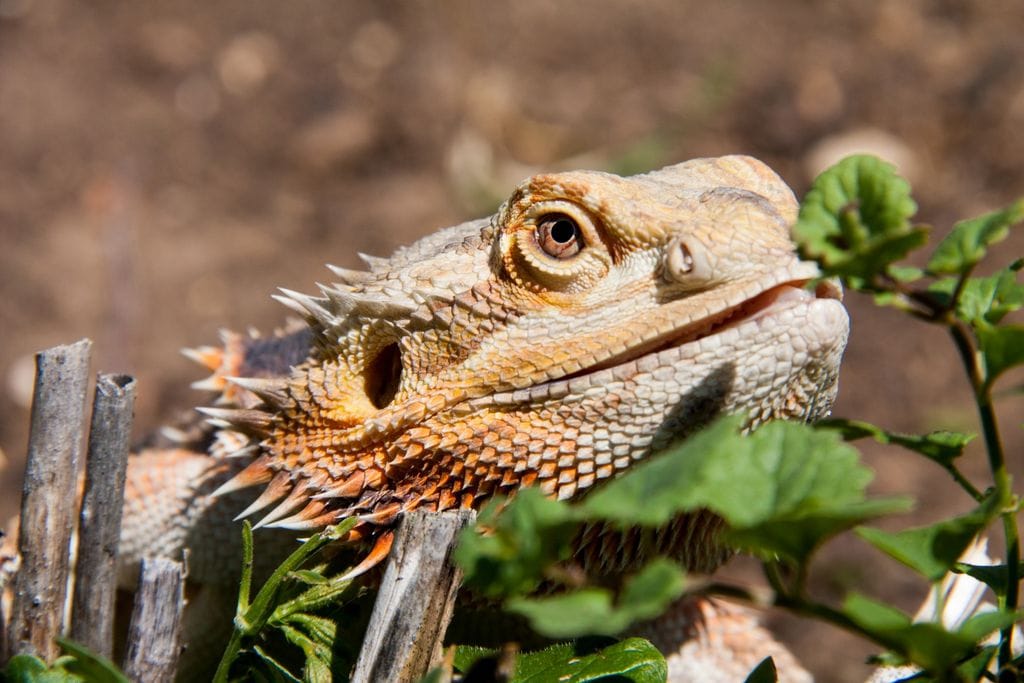
Maintaining the correct environment is crucial for the health and well-being of your bearded dragon.

One of the most common species of bearded dragons is the Pogona vitticeps, also known as the Central Bearded Dragon.

Horned worms, tomato bugs, or hawk moth larvae are nutritious worms and are a great source of protein for your reptiles.

Animal science and animal husbandry are two closely, but separate, related fields.

The diversity of wild reptiles is facing a significant decline due to various factors.